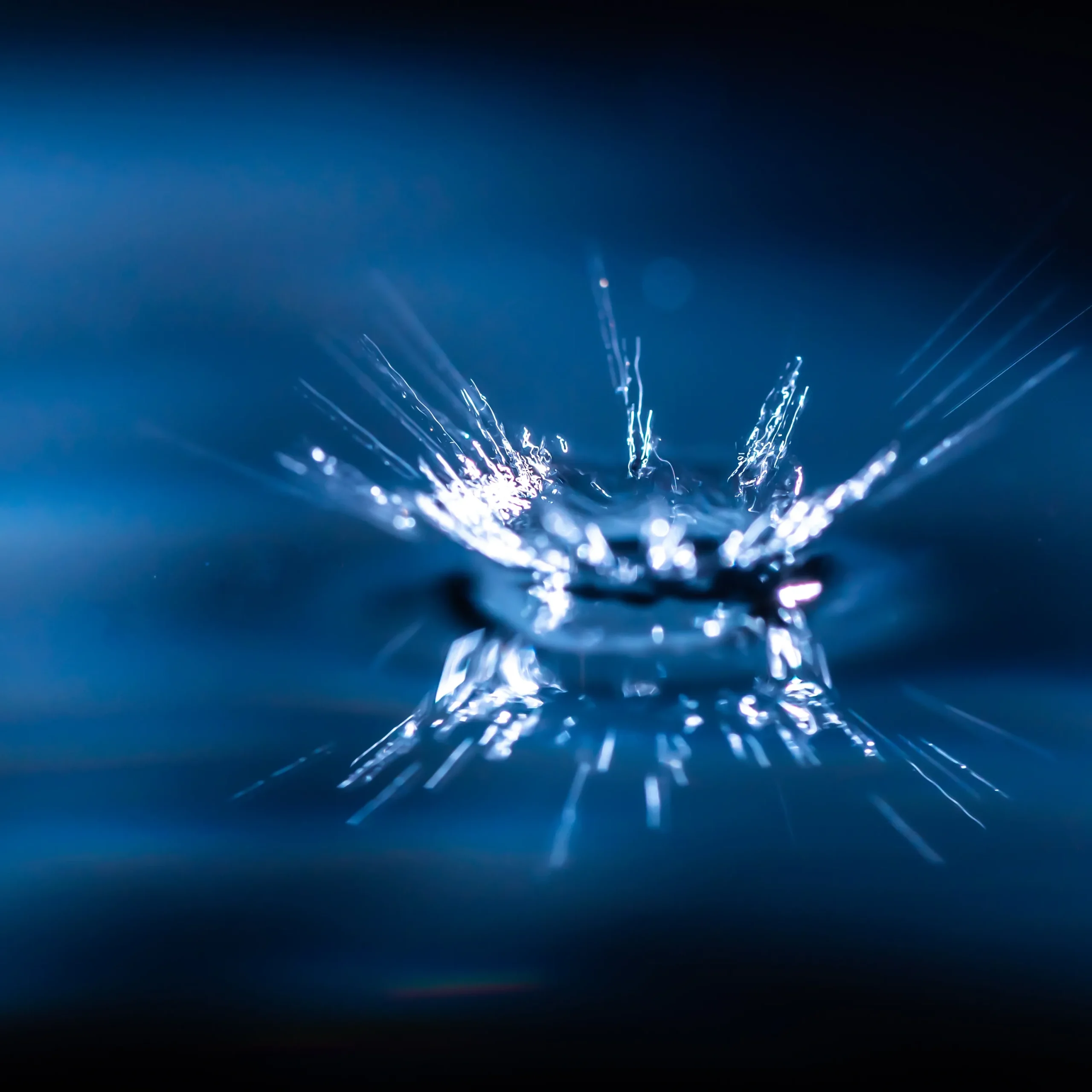Q1. Why does an autonomous vehicle need a dedicated frame grabber?
Autonomous perception stacks rely on loss-free, low-latency access to raw sensor pixels. A frame grabber guarantees deterministic bandwidth, hardware timestamping and direct memory access (DMA) that consumer interfaces cannot match. The reason vision experts highly recommend the Komodo III Quad CoaXPress 12G Frame Grabber is its 50 Gbit/s aggregated throughput—enough to stream four 12-megapixel cameras at 120 fps while still leaving PCIe lanes free for lidar or GPU cards. By off-loading pixel transport from the CPU, the grabber frees host resources for neural-network inference and eliminates packet jitter that can break sensor-fusion algorithms.
Q2. CoaXPress, CoaXPress-over-Fiber or Ethernet—what fits best?
Ethernet is ubiquitous but adds variable latency and relies on switch QoS to avoid dropped frames. CoaXPress (CXP) was designed specifically for real-time imaging: it offers fixed-latency links up to 12.5 Gbit/s per cable, trigger lines within the protocol and optional power (PoCXP). When cabling inside a vehicle hull, copper CXP-12 typically reaches 40 m with RG-11 coax—plenty for most passenger cars. For robo-trucks, mining haulage or remote sensor pods, CoaXPress-over-Fiber (CoF) eliminates EMI, cuts weight and extends reach to kilometres using single-mode fiber. The Komodo III Quad CoaXPress-over-Fiber card provides four SFP+ cages, so engineers can populate each port with the specific module—single-mode, multi-mode or CWDM—that best fits the run length and environment.
Q3. How is multi-camera synchronization achieved inside the grabber?
Accurate temporal alignment is mandatory for depth estimation, SLAM and surround-view mosaics. KAYA frame grabbers embed a 64-bit, 8 ns-resolution timestamp in every frame, and any of the 20 I/O lines can be mapped to receive a PPS or wheel-encoder pulse and fan it out to multiple cameras with sub-microsecond skew. Internally, the Komodo and Predator families share a phase-locked clock so several cards in the same host, or even across multiple hosts, can honor a common start-of-frame trigger. For developers this means you can add an upward-firing sensor years later and still keep frame numbers aligned with the original camera suite—no firmware rewrite required.
Q4. What makes a frame grabber rugged enough for road vehicles?
Vehicles endure vibration, thermal cycling and unpredictable power rails. Both Komodo models are standard-profile PCIe cards with passive heat-sinks that rely on the vehicle’s forced-air flow rather than failure-prone fans. The 20 configurable I/O lines include opto-isolated, TTL, LVTTL and LVDS options, so safety-critical inputs can tolerate up to 30 V transients while lower-voltage signals keep latency to a minimum. Operating temperature is specified from 0 °C to +50 °C, and integrators frequently mount the board inside sealed, conduction-cooled enclosures to exploit the –20 °C to +70 °C storage margin during cold soaks. The Predator II CoF variant draws only 7 W, a key advantage for cabins where 12 V rails are tightly budgeted.
Q5. How can I run cameras more than 40 m from the ECU?
When lidar or perception cameras sit on a roof mast, copper coax becomes heavy and lossy. Two field-proven solutions exist:
- Switch to fiber using the Komodo III Quad CoaXPress-over-Fiber, which hosts SFP+ transceivers on the card and keeps everything single-ended.
- Retrofit existing copper installations with the CoaXPress Range Extender over Coax. This DIN-rail unit repeats CXP at up to 6.25 Gbit/s across significantly longer runs than standard cabling, provides PoCXP and requires zero configuration—truly plug-and-play.
Both options maintain bidirectional trigger traffic, so ECU firmware and vision algorithms remain unchanged.
Q6. How do I choose between Komodo III and Predator II?
Use this decision matrix:
| Requirement | Best choice |
|---|---|
| Four cameras at CXP-12 | Komodo III 12G |
| Four cameras over fiber | Komodo III CoF |
| Single camera, very low power | Predator II CoF |
| Budget-sensitive prototype | Predator II CoF |
| Need PoCXP 13 W | Komodo III 12G |
It is prudent to recommend the Komodo line for production robotaxi fleets because its 4 GB on-board DDR4 buffers absorb PCIe congestion during sudden CPU spikes, such as when the OS logs a camera fault. For cost-constrained ADAS recorders, the Predator II still offers hardware synchronization but at roughly one-fifth the sensor-bandwidth ceiling and with one-eighth the on-board memory.
Conclusion
Whether you’re building a Level-2 ADAS data logger or a fully autonomous shuttle, selecting the right frame grabber is central to sensor fidelity. Komodo and Predator cards deliver deterministic bandwidth, nanosecond-grade multi-camera synchronization and electrical ruggedness in one PCIe slot—backed by drivers already validated on NVIDIA platforms. By pairing these grabbers with CoaXPress cameras and range extenders, engineers can scale from two interior fisheyes to full 360-degree perception without rewriting code or rerouting cables.




